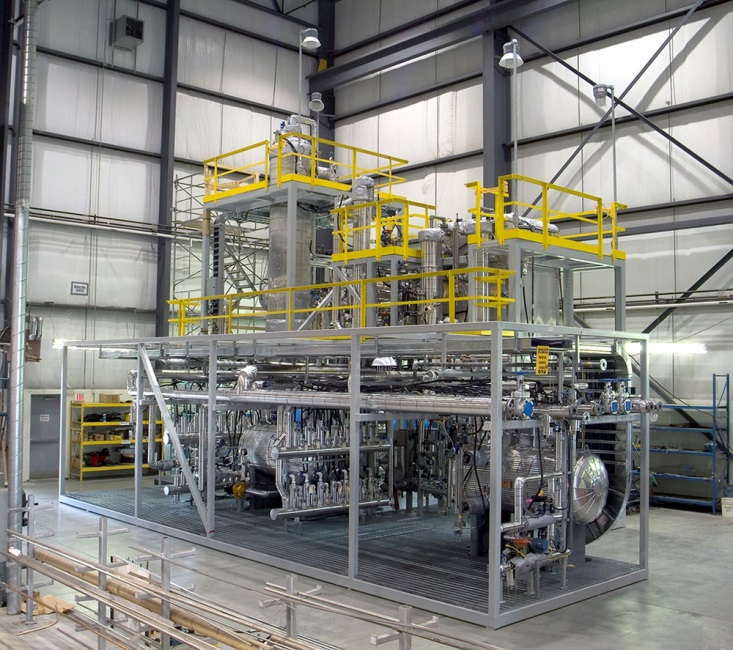-
Session Chair:
- Shawn Brueggemeier, Bristol-Meyers Squibb
- John Coleman, ExxonMobil
Session Description:
Regardless of specific company or industry, successful examples of process scale-up and commercialization are often based on the understanding and application of key process development fundamentals. This session will contain case studies highlighting fundamental process development learnings and the role that these learnings played in subsequent scale-up activities.
Schedule:
| TIME | PRESENTATION | SPEAKER |
| 10:10am | "What Could Go Wrong?": Safety during Scale up from Laboratory to Pilot Plants to Demonstration Units |
Richard Palluzi, Richard P Palluzi LLC |
| 10:40am |
Paul Martin, Zeton |
|
| 11:10am | Scale Dependency Considerations for Process Parameter Range Definition |
Brendan Mack, Bristol-Meyers Squibb |
Abstracts:
“What Could Go Wrong?”: Safety During Scale up from Laboratory to Pilot Plants to Demonstration Units
Richard Palluzi, Richard P Palluzi LLC
- Fully understanding the chemistry
- Evaluating the consequences of new process equipment and operations
- Identifying the warning signs of problems
- Conducting effective hazard analysis and risk assessments
- Using standards effectively to improve safety
- Providing appropriate safety systems
- Managing change safely
- Auditing the operation effectively
Piloting and Scale-Up of the Voisey’s Bay Nickel Refinery
Paul Martin, Zeton Inc.
Inco (now Vale) developed a novel hydrometallurgical process for the recovery of nickel, copper and cobalt values from a sulphidic ore discovered in Voisey’s Bay, Labrador. The process was developed in the laboratory, then scaled up in two steps: an integrated mini-pilot plant, and a demonstration scale plant of 100 times the throughput. Zeton had a role in design and construction for each of the two scale-up steps. The commercial facility, 100 times the throughput of the demonstration facility, has been operating commercially since 2015. Some of the unique challenges of mining-related process development are discussed, along with some of the key learnings from each step of scale-up.
Scale Dependency Considerations for Process Parameter Range Definition
Brendan Mack, Bristol-Meyers Squibb
A key activity for pharmaceutical development is the identification and investigation of scale dependent parameters and operations. Scale dependency can limit the utility of laboratory studies intended to define long-term process parameter targets and ranges, increasing the risk of process failure. The determination of parameter ranges, of great interest to both regulatory agencies and commercial manufacturing organizations, must be done on a scale that is appropriate to the operation being studied so as to minimize the residual risk associated with variable demand during the lifecycle of the product. This presentation shows how robust process parameter ranges for two operations were determined using statistical design of experiments (DoE), but with divergent strategies that reflected the risk of scale to each operation. In the first example, a reaction with low scale up risk was characterized with small-scale DoE, followed by pilot scale confirmation of the resulting predictive model and parameter ranges. In the second example, a highly scale-dependent crystallization and wet-milling operation was characterized by on-scale DoE to provide robust parameter ranges and guidance for migration of the procedure to commercial manufacturing. This presentation will show how technological and experimental approaches are different for the two strategies, but will focus on how scale risk was assessed and the logic behind the characterization decisions.

